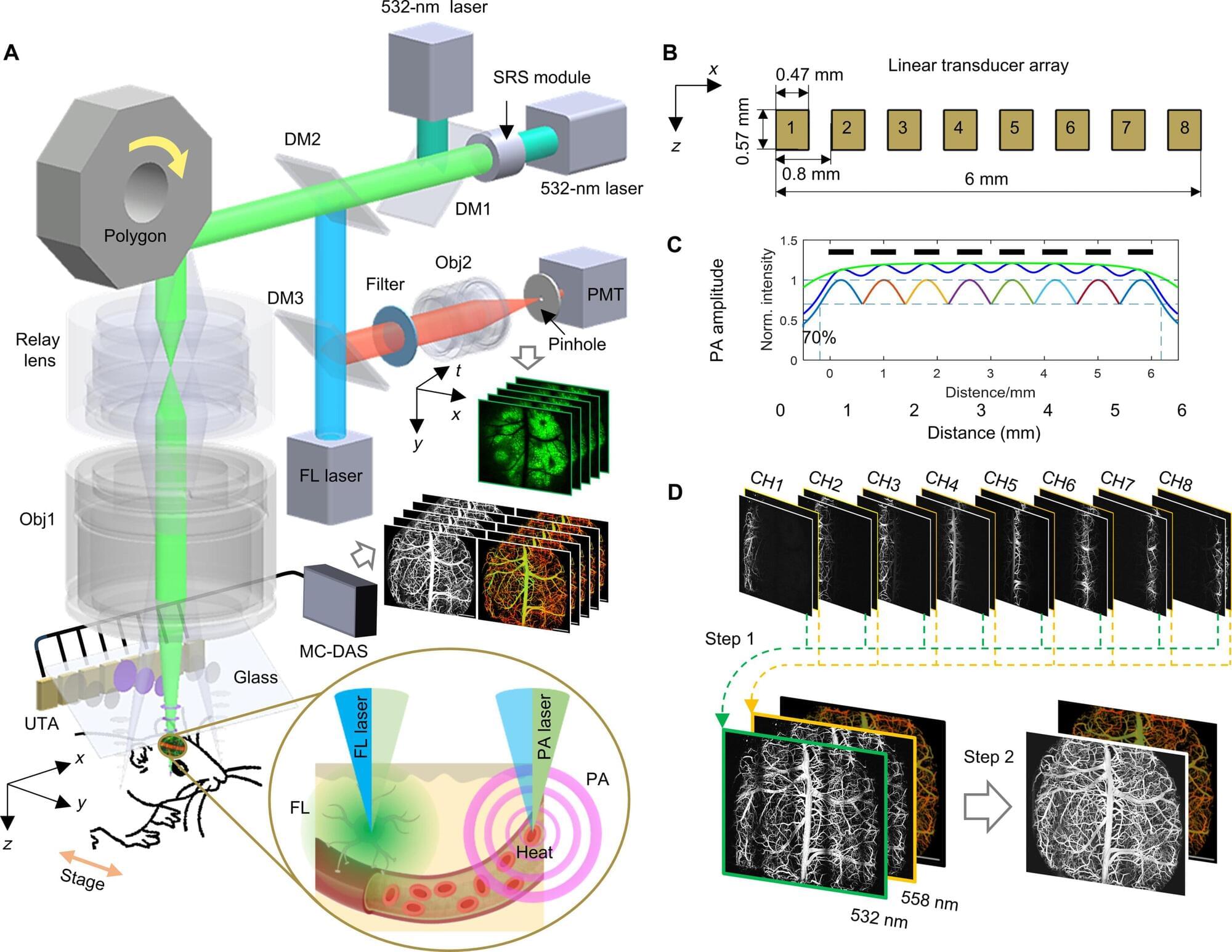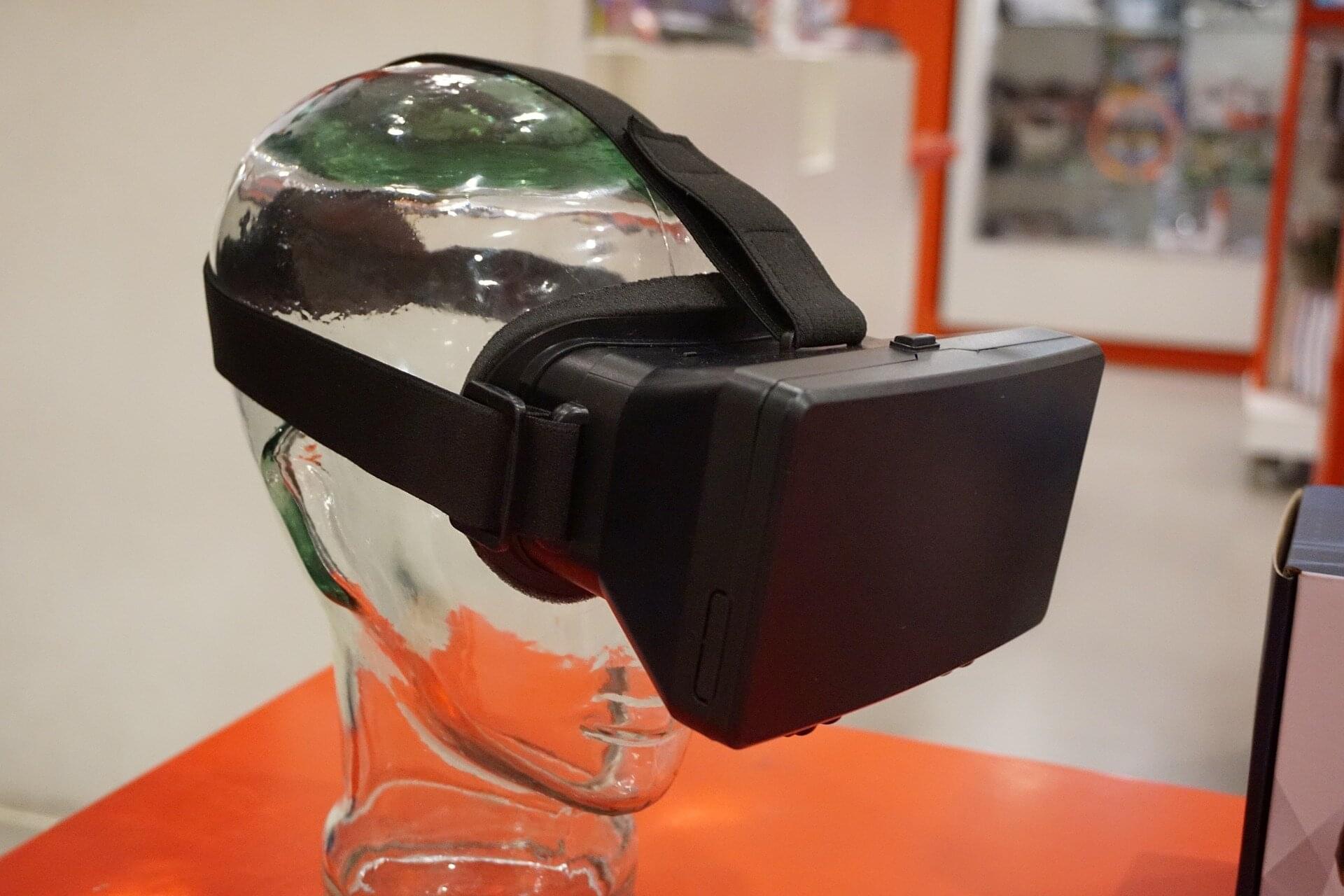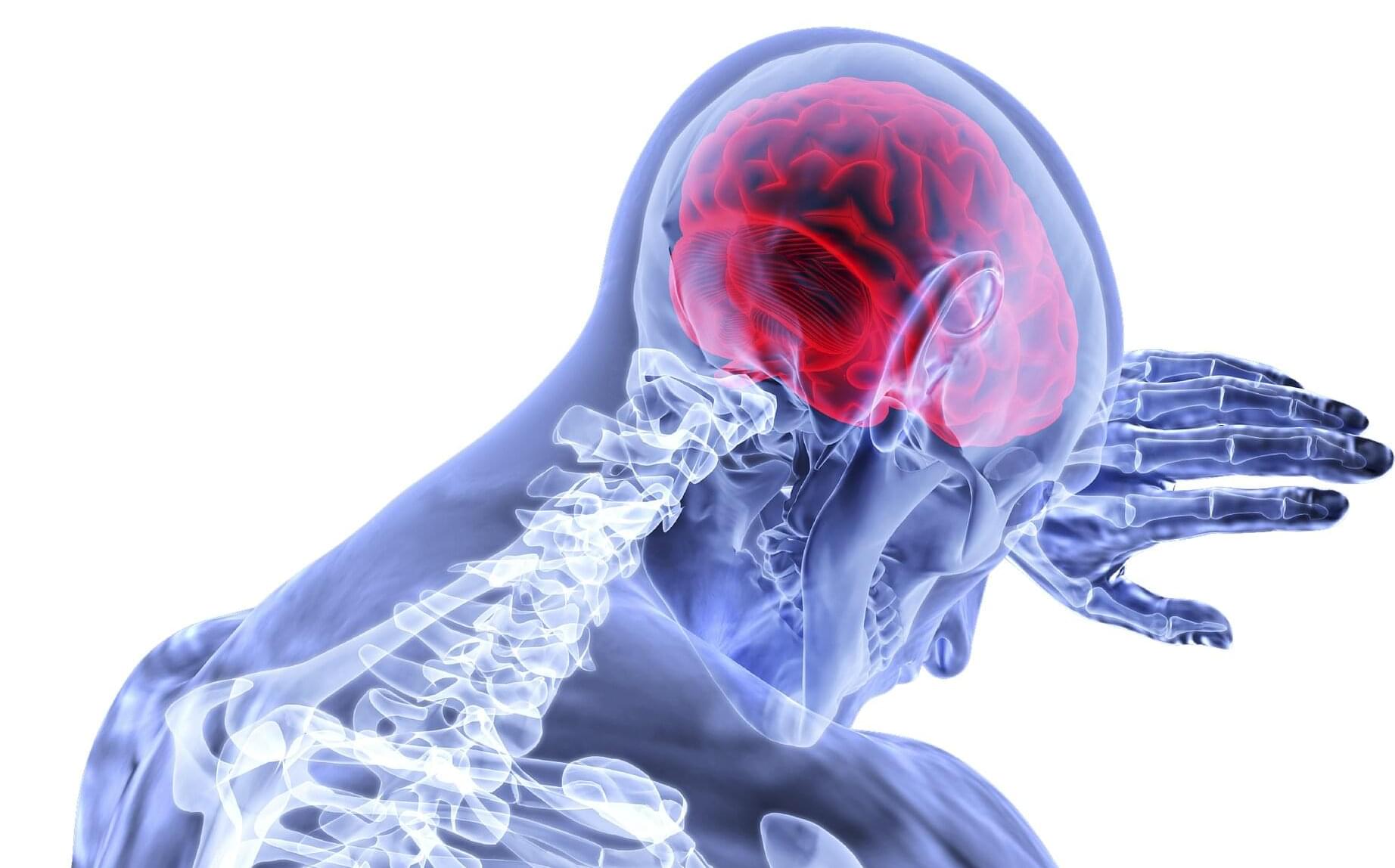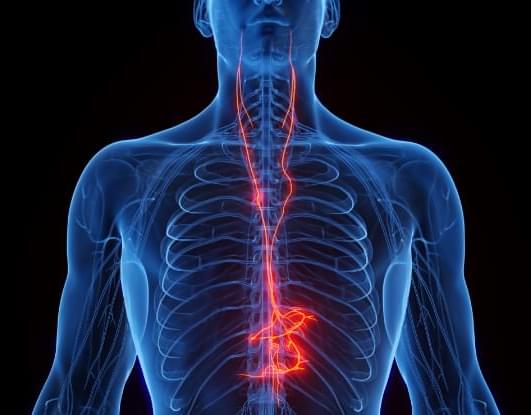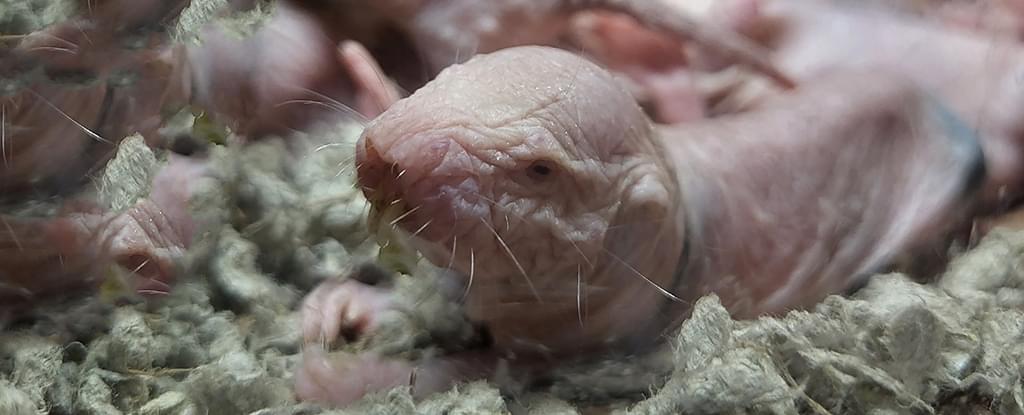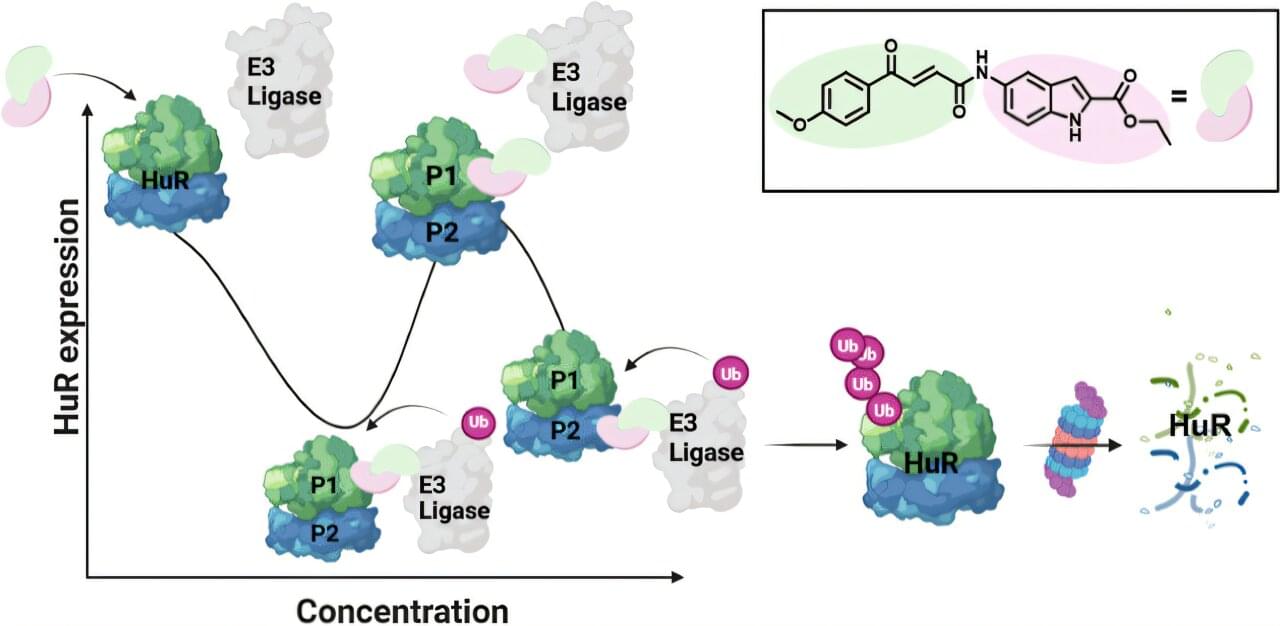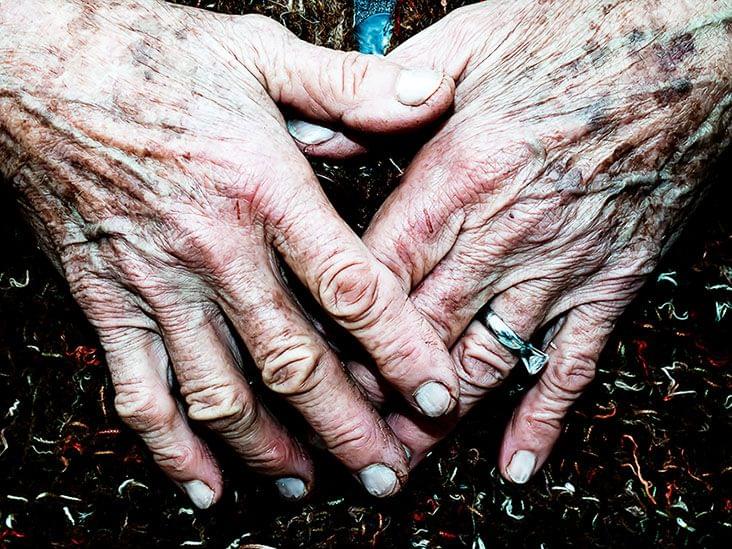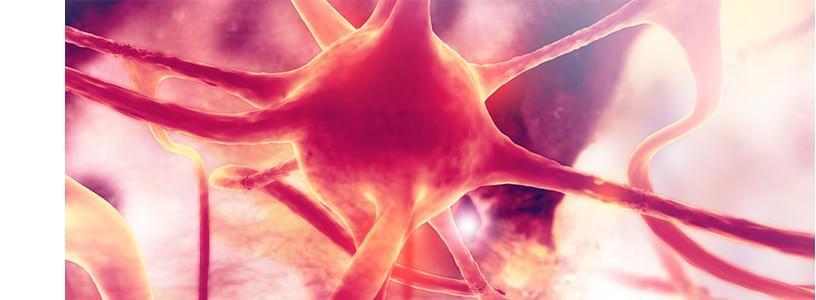An over-the-counter cough medicine may be the key to slowing the progression of Parkinson’s disease.
Called Ambroxol, the drug is commonly used to break up phlegm, but early studies have shown it can also prevent the build-up of misfolded clumps of protein in the brain, known as Lewy bodies – a hallmark of Parkinson’s and other types of dementia.
Robarts scientist Dr. Stephen Pasternak is leading a phase 2 clinical trial to further study Ambroxol’s potential as a disease-modifying drug.
“Current treatments for Parkinson’s target the symptoms of the disease, such as movement, but don’t change the long-term progression of pathology in the brain,” he explained. “We hope Ambroxol will be a disease-changing drug.”
Dr. Stephen Pasternak is leading a phase 2 clinical trial to study Ambroxol, an over-the-counter cough medicine, with the goal of slowing or stopping the progression of Parkinson’s Disease Dementia.
